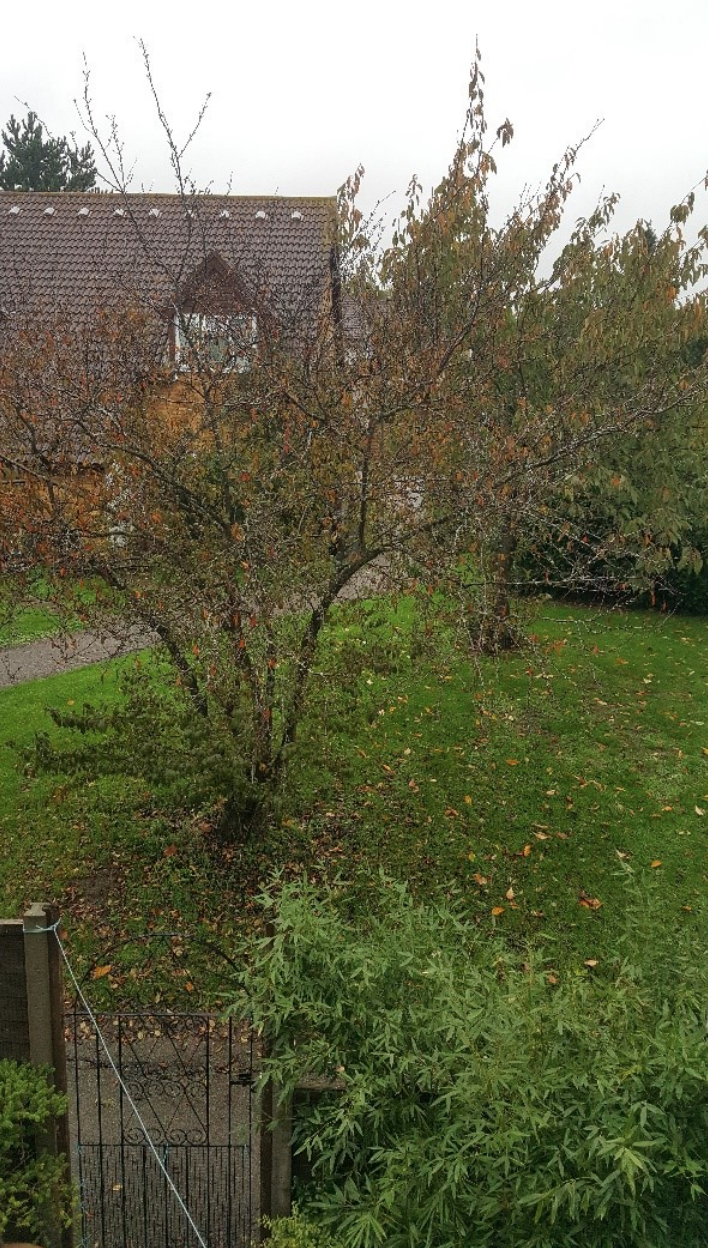Permaculture Pathways: From Stand Up Comedy to Permaculture and Beyond
I’m in my early 30s and have spent much of the last decade ‘being a comedian’ which has mostly meant doing stand up, until the last few years during which I’ve been lucky enough to spend most of my time writing and acting in sitcoms for the BBC. I feel lucky and I enjoy it, but nevertheless I increasingly felt like something was missing from my life and more specifically I felt disconnected from nature and like I didn’t spend enough time outdoors, which I suppose is what ‘led me to permaculture’.
I think I first heard the term during a guided tour of Cloughjordan Eco Village in Tipperary, Ireland, where a friend’s parents live. The person giving the tour pointed out some site feature or other (if memory serves: a greywater reedbed) and said ‘this part of the site is designed on permaculture principles’. I was too cowardly to ask what ‘permaculture’ meant there and then but the word clearly stuck with me because the following Christmas I found myself asking bemused relatives and loved ones for permaculture books and there began an obsession with the subject which has only grown with time.
“… I discovered much which resonated with the things I’d been thinking about - both in terms of my own life and also in terms of larger ecological issues, primarily to do with the sustainability (or lack thereof) of human life on earth.”
While reading those books (amongst them ‘Permaculture: A Beginner’s Guide’ by Graham Burnett and ‘The Permaculture City’ by Toby Hemenway) and while taking the excellent Social Landscapes Permaculture Design Course, I discovered much which resonated with the things I’d been thinking about - both in terms of my own life and also in terms of larger ecological issues, primarily to do with the sustainability (or lack thereof) of human life on earth. While it strikes me that permaculture can be troublingly hippyish and unscientific at times, or at least overly concerned with a kind of individualistic self-sufficiency, the Social Landscapes course always seemed to set its teachings in a robust scientific, political and social context. And I’ve noticed the newest kind of permaculture literature puts a bigger emphasis on larger scale community and political questions than the older books, and that all this is happening while many of permaculture’s ideas and preoccupations are crossing over more and more with mainstream thinking across various fields.
Photo by Candy Blackham
Photo by Candy Blackham
Interesting though all this learning and theory is however, the most important and enjoyable part of permaculture is its practical application and I’ve been able to put into practice what I’ve been learning both in my own small yard at home (where I’ve organically grown a few vegetables in a repurposed bathtub) and at my local community garden where I’ve taken the lead on two new projects. These projects, through which I’ve been able to apply various permaculture principles, involve: firstly, creating a more sustainable rainwater harvest system for the garden and secondly, planting fruit bushes along the garden’s edge so as to give free fruit to the residents of the social housing estate in which the garden is located.
The former project is obviously in its very essence devised on permaculture principles (‘catch and store energy’; ‘produce no waste’ etc) but I’ve been able to use my permaculture learnings more intricately to contribute to it, not least simply in terms of seeing it as a systems-based ‘design’ with connected elements as opposed to just a list of tasks to undertake. You can watch my permaculture design presentation for the rainwater project here if you are so minded.
And for the fruit bushes project, the main permaculture principle I have been thinking about is ‘Using Edges’, as the bushes will be planted, literally, at the edge of the garden, which has prompted me to consider what the function of an edge like this is. In the context of a community garden in a housing estate it might seem like primarily a fence, a boundary, a means of separating the garden and those who use it from the rest of the estate. But we know from permaculture theory that edges are productive, fertile, porous elements and it feels important to embrace all of that in the fruit bushes project. Therefore we’ll use signage to inform passersby that the fruit is for them, and to educate them about the bushes and the garden more generally, and so it will feel, we hope, that this edge is more of a bridge than a divide. And of course, we’ll be endeavouring to ‘integrate not segregate’ the bushes with other elements of the garden such as the water and composting systems.
“I feel quite certain that permaculture will remain an important part of my life, as, I hope, it becomes a more important part of human culture.”
It already feels like being involved in these projects will represent the contribution I make to my current neighbourhood and community of which I will be most proud, and that’s largely owing to what permaculture has taught me.
In September 2022 I will begin a Masters in Sustainability and Ecology with the Centre for Alternative Technology in Wales. I know that my permaculture education will provide a useful foundation for what I hope will be another exciting but challenging endeavour. I’m sure also that much of the content of the course will resonate with permaculture and I will understand and appreciate each of these two related but slightly different educational spheres all the better for the other. I feel quite certain that permaculture will remain an important part of my life, as, I hope, it becomes a more important part of human culture.












